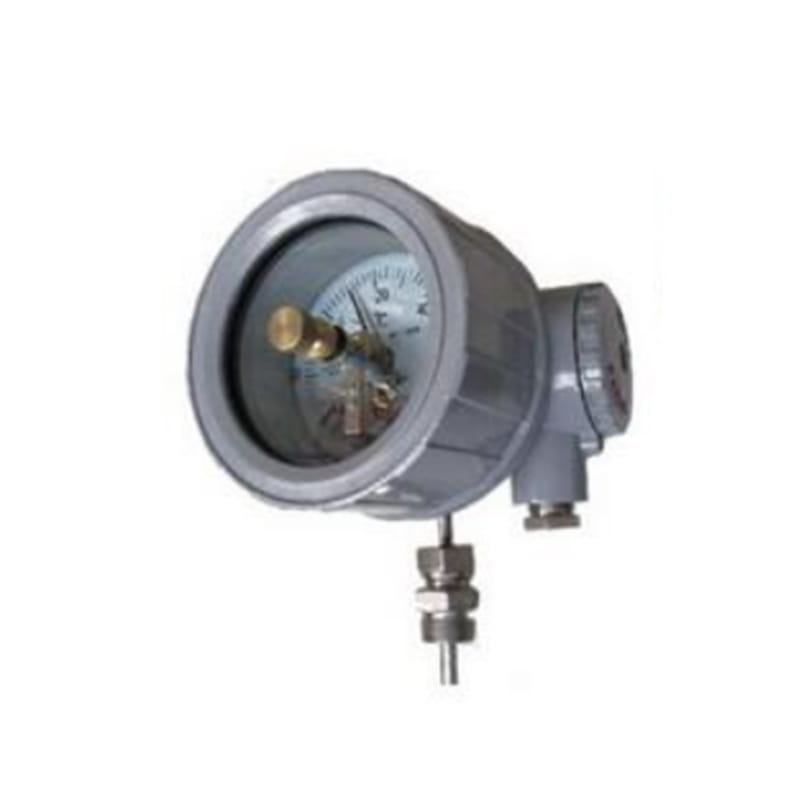YLm series refrigerant pressure gauge
Cat:Pressure Gauge
◆ Model: YLm60 YLm100 YLm150◆ Application: This series of instruments are special instruments for de...
See DetailsBimetallic thermometers, while widely used for their durability and mechanical simplicity, face several performance challenges in high-vibration environments such as engine monitoring. These thermometers operate based on the mechanical movement of a bimetallic strip, which bends in response to temperature changes. However, the mechanical nature of their design can make them susceptible to vibration-related issues over time.
1. Mechanical Wear and Fatigue:
Constant exposure to vibration, especially in engine compartments or near exhaust systems, can accelerate mechanical fatigue in the bimetallic coil and pointer mechanism. Over time, this may lead to loosening of components, increased hysteresis, or even mechanical failure, resulting in inaccurate or unreliable readings.
2. Pointer Instability and Jitter:
Vibration can cause the pointer to oscillate or jitter, making it difficult to obtain stable and readable temperature measurements. This is particularly problematic during dynamic operation when quick and accurate readings are required.

3. Structural Reinforcements and Design Modifications:
To address these challenges, manufacturers often reinforce bimetallic thermometers for high-vibration applications. This can include tighter tolerances in mechanical components, damping mechanisms to reduce pointer oscillation, and ruggedized casings to protect internal parts. In some designs, viscous damping fluids are used to stabilize the pointer movement under vibration.
4. Installation Considerations:
Proper installation is critical. Using vibration-dampening mounts or installing the thermometer away from the most intense vibration zones can help reduce stress on the instrument. Threaded or flanged connections should be secured tightly to prevent loosening due to vibration.
5. Limited Response Time and Accuracy in Dynamic Conditions:
Compared to electronic sensors such as thermocouples or RTDs, bimetallic thermometers generally have slower response times. In rapidly changing thermal environments typical of engines, this can limit their effectiveness for real-time monitoring. They are better suited for applications where steady-state temperature readings are sufficient.
6. Maintenance and Calibration Requirements:
In high-vibration environments, routine inspection and recalibration are more important to ensure accuracy is maintained. Visual inspections for pointer alignment, mechanical damage, and secure mounting should be part of a regular maintenance schedule.
While bimetallic thermometers can be adapted for use in high-vibration applications like engine monitoring, they are not the most optimal choice where rapid response or precision is critical. Reinforced designs and careful installation can improve their performance, but for more demanding engine diagnostics, electronic temperature sensors are generally preferred. Nonetheless, bimetallic thermometers remain a cost-effective solution for less critical engine components where ruggedness and simplicity are valued.